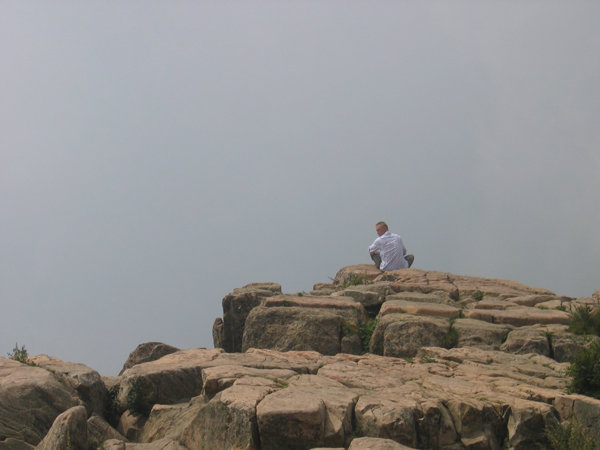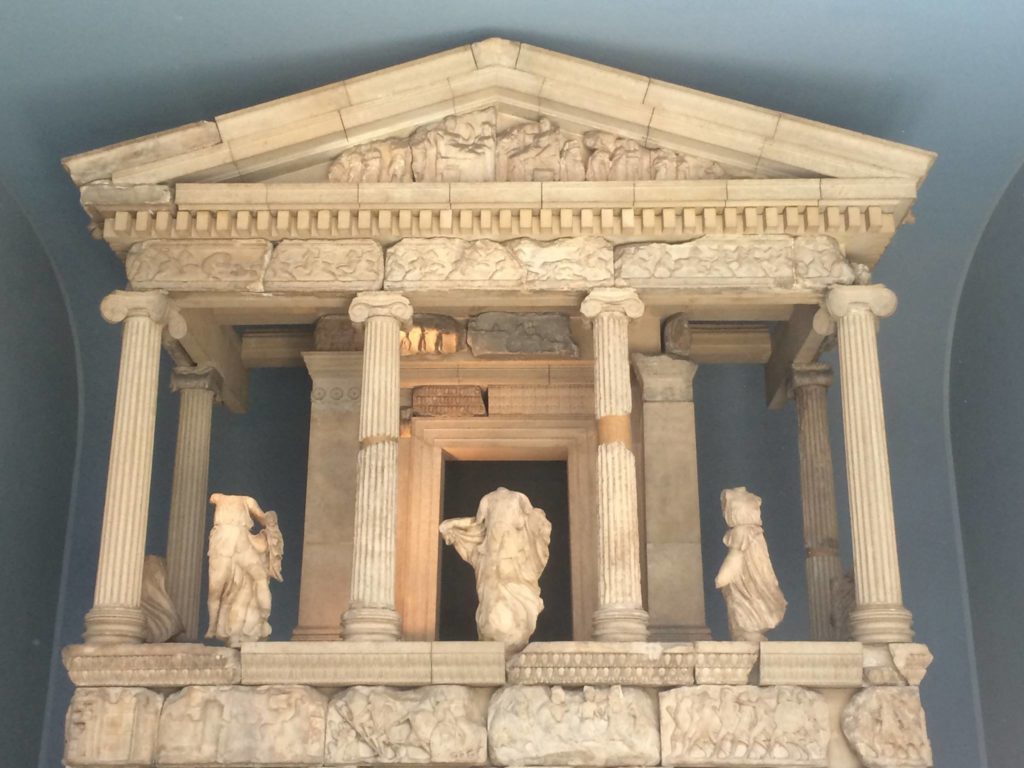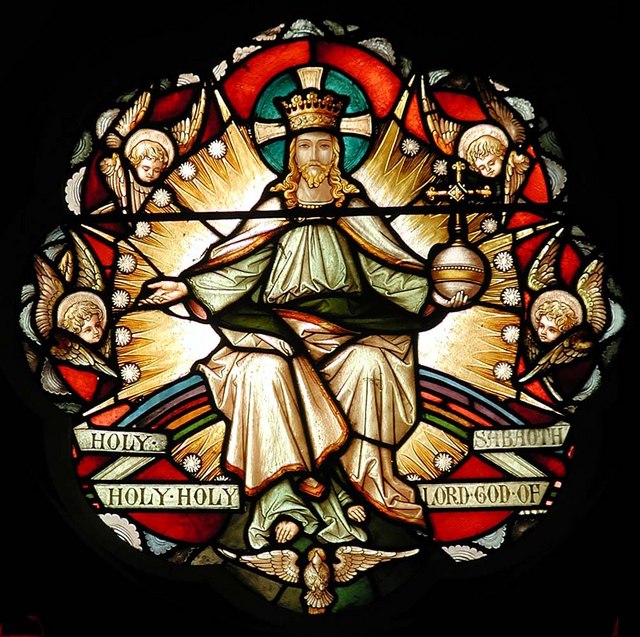
O God of earth and altar,
Bow down and hear our cry,
Our earthly rulers falter,
Our people drift and die;
The walls of gold entomb us,
The swords of scorn divide,
Take not thy thunder from us,
But take away our pride.
A Hymn: O God of Earth and Altar
The Body of Christ
The Body of Christ may suggest the bread at the Last Supper over which Jesus said “This is my body” (Luke 22:19–20), but according to the Apostle Paul it also refers to the Christian Church as a whole (1 Corinthians 12:12–14 and Ephesians 4:1–16). I have known Christians of many denominations and beliefs and I consider all of them members of the Body of Christ. I would accept that any person who tries to live a Christ-like life participates in the Body of Christ. I will describe the origins of the Episcopal Church below, but the main subject of the article should be of interest to people of any religious affiliation or none.
I love the Episcopal Church. It is the music, the architecture, the ceremony, the ancient tradition that has been passed on from generation to generation for two thousand years, and the connection to my forbears in America and England. It is, of course, the philosophy and the good works. Most of all, it is the people. Whether they were born into it or chose it, the people of the Episcopal Church are my family.
“Episcopal” refers to the historical episcopate, the bishops, who continue the lines of Apostolic Succession by the laying on of hands generation after generation, from Jesus and the Twelve Apostles to the present. The bishops teach, govern and ordain clergy. A bishop is the chief pastor of a territory, usually a state, called a diocese. The Presiding Bishop is head of the whole Episcopal Church. Several churches claim Apostolic Succession, including the Roman Catholic, Eastern Orthodox and Anglican churches.
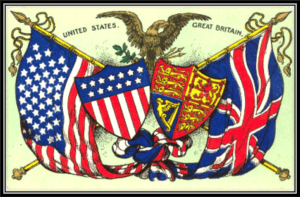
The Anglican Church
The history of the Church in Britain extends all the way back to the second century after the birth of Jesus of Nazareth. In 209 CE St. Alban was the first Christian martyr in the British Isles. Augustine, a Benedictine monk, was sent to England by Pope Gregory the Great in 595. He converted the Anglo-Saxon King Æthelberht, had meetings with the heads of the Celtic church, and became the first Archbishop of Canterbury.
The Church of England separated from the Roman Catholic Church in 1534 when Parliament enacted the Act of Supremacy, declaring King Henry VIII the Supreme Head of the Church of England. The English could then govern their own church and their own state without the interference of a foreign Pope. A similar revolution occurred in 1776 when the Continental Congress severed the Anglican churches in America from the English king, royal family and British Parliament.
Most of the signers of the Declaration of Independence were Anglicans, including Thomas Jefferson, who served on vestries of Fredericksberg Parish and St. Anne’s Parish in Albemarle County, Virginia. George Washington was also an Anglican, known to have worshipped at Christ Church in Alexandria, Virginia, but he also served on the vestries of Pohick Church and Truro Parish in Fairfax County, Virginia. The eighteenth century Presidents James Madison, James Monroe, William Henry Harrison and John Tyler were also Episcopalians.
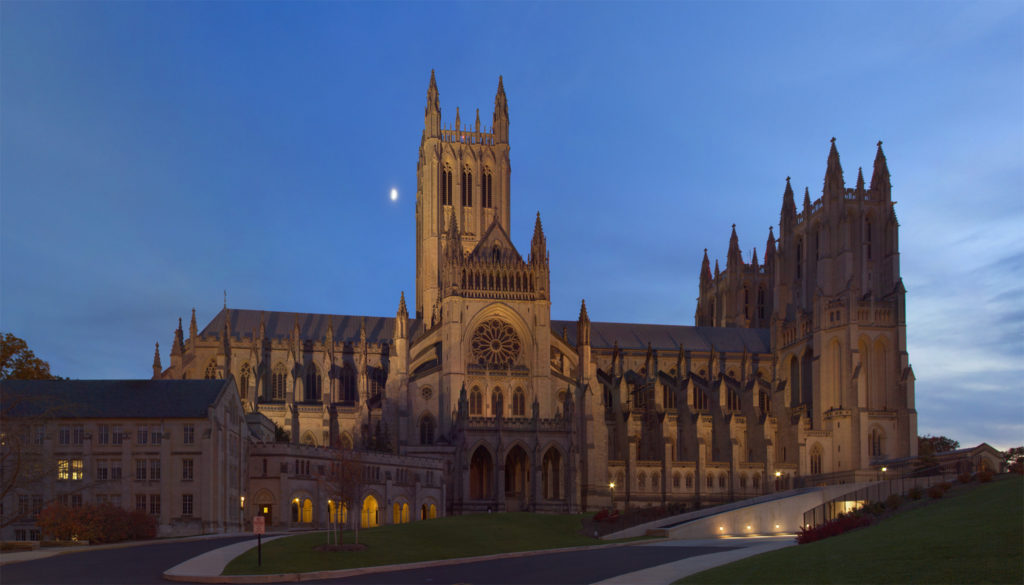
Apostolic Succession
After the United States had won the War of Independence and signed the Treaty of Paris in 1783, marking the end of the war, the colonists needed a Church that was independent from the Church and government of England. William White, an admirer of the philosopher John Locke, wrote The Case of the Episcopal Churches in the United States Considered in 1782, which was followed almost like a blueprint for a new Church. Those who wrote the Constitution of the Episcopal Church were part of the same community in Philadelphia that created the Constitution of the United States.
It was decided that the Church would follow Anglican doctrine and practices with as little change as possible. Church and state were to be completely separate, and both governed by democratic principles, the church to be administered by a regular General Convention and an Executive Council. Two houses would be formed after the structure of the English Parliament and American Congress; the House of Deputies during the General Convention in 1785 and the House of Bishops in the Constitution of 1789. Representatives would be elected by the individual states to meet at national General Conventions held every three years.
The Apostolic Succession of the Episcopal Church is traced back to three bishops. The first American Episcopal bishop and second Presiding Bishop was Samuel Seabury of Connecticut, who traveled to Scotland to be consecrated by the Scottish Episcopal Church in 1784. William White of Pennsylvania and Samuel Provoost of New York were consecrated as bishops in England by the Archbishop of Canterbury, the Archbishop of York, and the Bishop of Bath and Wells, in 1787. White was the first and fourth Presiding Bishop and Provoost was the third Presiding Bishop of the Episcopal Church of the United States.
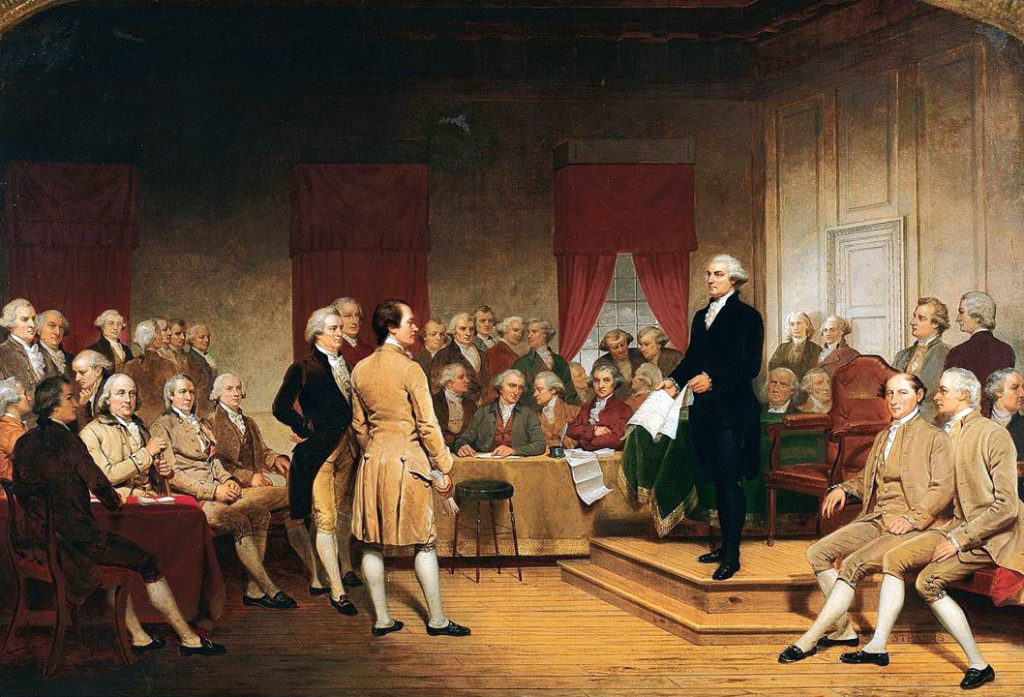
The Episcopal Church
The initial plans for the Episcopal Church of the United States of America were first carried out in Philadelphia in 1785. Representatives from Delaware, New York, New Jersey, Pennsylvania, South Carolina, and Virginia met at the First General Convention of the Episcopal Church. The Church was named the Protestant Episcopal Church in the United States of America and an American Prayer Book was authorized, which gained final approval a year later as the American Book of Common Prayer.
In 1789 the Episcopal Church of the United States was formally separated from the Church of England. Representatives of the former colonies met in Philadelphia to ratify its Constitution and publish its canon law. They issued a new, revised Book of Common Prayer, based on the English 1662 Book of Common Prayer, which served for about a century, until 1892 (further revisions were made in 1928 and 1979). William White was elected to be the first Presiding Bishop of the new national church.
In 1790 the Archbishop of Canterbury and two other bishops of the Church of England consecrated James Madison the first bishop of Virginia. Because he was the third American bishop consecrated by English bishops, this act made the Episcopal Church of the United States the first Anglican Province outside the British Isles. All four American bishops met at Trinity Church on Wall Street in New York City to consecrate Thomas John Claggett. They no longer relied on Britain for Apostolic Succession. In 1792 Thomas Claggett became the first bishop of Maryland, and thus, the first bishop to be consecrated and ordained by the Episcopal Church in the United States of America.
The Washington National Cathedral, officially named the Cathedral Church of Saint Peter and Saint Paul in the City and Diocese of Washington, is the seat of the Presiding Bishop of the Episcopal Church, as well as of the Bishop of Washington. It was chartered in 1893 to be built in the capitol of the United States, Washington, D.C., construction began in 1907, and the structure was completed in 1990. It holds ecumenical or interfaith services as well as worship services of the Episcopal Church based on the Book of Common Prayer. The United States Congress has designated this cathedral as the “National House of Prayer.”
More on the History of the Christian Church
LINKS MAY BE UNDER CONSTRUCTION:
– Mighty Rome
– Inside Monastic Culture Series
– Church and State in the Middle Ages and the Birth of Human Rights
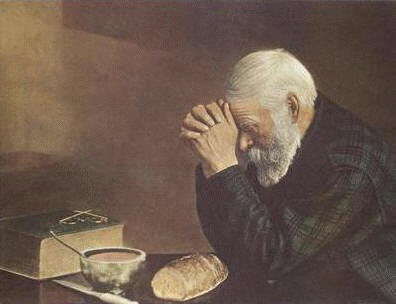
Acts 17: 26 – 27
26. And hath made of one blood all nations of men for to dwell on all the face of the earth,
and hath determined the times before appointed, and the bounds of their habitation;
27. That they should seek the Lord, if haply they might feel after him,
and find him, though he be not far from every one of us.
~ Holy Bible King James Version
I am an American WASP (White Anglo-Saxon Protestant) descended from the founders of Manhattan and New England. My paternal Dutch and English ancestors fought in the Revolutionary War alongside George Washington, in the French and Indian War, in the Civil War and in the Second World War. They were wealthy business people in New York until the stock market crashed in 1929, which contributed to the onset of the Great Depression, leaving my forebears with nothing but a small farm in the Midwest.
I am the fourth D. B. Smith after my father, grandfather and great-great grandfather. The first D. B. Smith was an international businessman from New York who, like the cowboys at the time, traded in hundreds of head of cattle. Headquartered in Iowa, he sold his cattle to buyers as far as Mexico and London, England. His brother helped bring in the railroad and found the town of Bennet, Iowa, before migrating to California.
My paternal grandfather married the daughter of immigrants and was not a religious man. My maternal grandmother, a descendent of early American settlers, was raised Southern Baptist and converted to her Danish husband’s Lutheranism when she was married. My father was raised Roman Catholic and my mother was raised Lutheran.
Our family attended church every weekend when I was a child, but in my early teen years we stopped. My father was a scientist and engineer who contracted with NASA via the university to design and build satellites for the space shuttles. He was an Army veteran who served overseas, like his father, and he was a closet atheist due to the extreme social pressure in the Midwest to be a Christian. My mother, a social worker, would eventually become a Buddhist.
I was raised in the Lutheran church of my Danish grandfather. I went to church camp, read C. S. Lewis, and considered myself a pretty normal American kid. As puberty set in I began to have questions about God and church. As a teenager I studied the Western Mystery Tradition, Eastern philosophy, comparitive religion, and psychology. I also learned yoga, Chinese kung fu and taijiquan (Tai Chi), and practiced Zen meditation I had learned from books and a traveling Zen Buddhist monk.
During college I felt a need to join a church that I could call home. I was studying genealogy with the help of websites like ancestry.com , geni.com and the Thomas Stanton Society, tracing my ancestors back to the founding of Manhattan and New England, and beyond that to Britain and the Continent, over a thousand years back in time. I was called to reconnect with my heritage and join the Christian community, the Body of Christ. I initiated a thorough survey of world literature in order to educate myself and I studied the great works of theology to discover with what denomination I naturally align.
More interesting than any sport or film, my mind traveled over the aeons from the Sumerian Epic of Gilgamesh to Carl Sagan’s Cosmos. It was exhilarating to experience the Tanakh, the Desert Fathers, Augustine, Benedict, Thomas Aquinas, Thomas Cranmer, Richard Hooker, and the New Oxford Annotated Bible, to name a few landmarks. After a range of interviews and various church experiences I found the small parish where I knew I belonged.

Interpretations of Doctrine
It is clear by the study of historical Christian documents and literature that the leaders of the Christian Church took holy scripture literally until the Renaissance in the fourteenth century began changing minds. With each passing century more and more influential thinkers contributed to the tearing down of old misconceptions and taboos. With the Enlightenment, the Scientific Revolution and the Information Age the majority of Christians in Europe and America applied critical thinking to their religious inclinations.
The conservative wing of the church that acts to preserve established customs is known as “high church.” “low church” refers to the more liberal wing that works for modernization of church culture. Broad church philosophy embraces a broad range of church practices. In England the high church is associated with Roman Catholic or “Anglo-Catholic” Christianity. Low church is evangelical Protestantism and the broad church is considered liberal.
When I was baptized and confirmed in the Episcopal Church I accepted the scriptures and Anglican interpretations literally, and I identified as an Anglo-Catholic or Fundamentalist, appreciating the conservative Rite I over the more modern Rite II. I met the Bishop of Quincy, Illinois, the most conservative Anglican diocese in America along with the Anglican Diocese of Texas. I also joined the conservative evangelical community and was baptized in the Holy Spirit. This, however, was only the beginning of my journey in Christ.
I enjoyed a couple of short retreats at Catholic monasteries in Illinois and Minnesota, where I learned the Christian meditation Lectio Divina from the monks, which I practice to this day. The monastic tradition is rooted in the desert spirituality of Moses and Jesus. It has cultivated a deep and devout religiosity since some of the first Christians lived as hermits in the deserts of the Near East and Egypt. Christian monks have cultivated a fertile tradition of meditation and scholarship over the centuries, even helping to pioneer the Renaissance, Enlightenment and modern science. It is this wisdom that continues to inspire my own spirituality.

Meditation and Study
In 2014 Christians made up about 70.6% of the religious population in the United States, according to the Pew Research Center. Research shows that only a minority of U.S. Christians, about 31% in total, believes that holy scripture ought to be taken literally. In comparison, about 11% of the Jewish people polled and 42% of the Muslims polled believe that holy scripture is to be taken literally. Of Christians, about 25% are Evangelical Protestants, over 20% are Roman Catholic and almost 15% are Mainline Protestants.
55% of Evangelicals surveyed believe that holy scripture should be taken literally. It is also interesting that 79% attest to praying at least daily, and 49% meditate at least once per week. Only 26% of Catholics believe that holy scripture should be taken literally, 59% claim to pray at least daily, and 40% meditate at least once per week. Only 24% of Mainline Protestants believe that holy scripture should be taken literally. 54% admit to praying at least daily, while only 36% say they meditate at least once per week.
There is a positive correlation between more of a denomination’s members believing in a more literal interpretation of holy scripture and how often they pray and meditate. Taking into consideration the rest of the Pew survey and other sources of information, enough data for its own article, we can arrive at certain conclusions that could help bring Christians greater understanding. I will not go into this material here, where a long analysis is inappropriate, but I will offer a few brief preliminary insights.
I would posit that fundamentalists are more likely to spend more time in religious pursuits and apply religious thinking to more aspects of their daily lives. I believe they would be better served to study critical interpretations of holy scripture. I believe everybody would benefit from more meditation, especially those of us who make the effort to understand scripture beyond its literal sense, for our worldviews need more attention and care.
Meditation, the Art of Life, Part V: The Science of Meditation
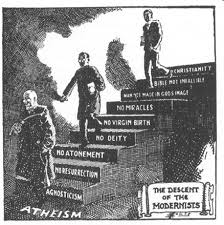
The Meaning of Scripture
One cannot understand the Holy Bible without the context of the history of the scripture, similar works of literature and the perspective of several conflicting interpretations. I read the texts of the large religions with interpretations by devout believers, unbiased academics and outspoken critics. My investigations included studies of works with critical analyses of religion, such as the complete works of Aristotle, the writings of Voltaire, The Jefferson Bible by Thomas Jefferson, The Age of Reason by Thomas Paine, The Golden Bough by Sir James George Frazer and The Masks of God by Joseph Campbell, to name a few.
I am not judging people who accept the conservative view. Historically, most Christians have interpreted the scriptures literally, but I must insist that to do so is fallacious and I will explain why. To interpret the Christian scriptures literally is as ridiculous as interpreting any religious scripture literally. This holds from the Egyptian Book of the Dead, which explains how to die properly, to the Hebrew Torah’s myths about the seven days of Creation and Noah’s ark, to the Theogony of Hesiod, which describes the ancestry of the Greek gods, to the Norse Eddas and Celtic Tuatha Dé Danann, each with its own prescientific cosmogony.
The same may be said of Hindu, Buddhist, Muslim and other scriptures. The devout Hindu does not have to believe in the historical factuality of the god Shiva’s son Ganesh living with an elephant’s head. The Buddhist does not need to believe in reincarnation to experience enlightenment. The Muslim is not required to accept that Mohammed spoke with a supernatural person named Gabriel, or that a winged horse carried Mohammed between Mecca and Jerusalem on the Night Journey, in order to find solace in the prayer tradition of his ancestors.
The evidence shows that no single religious group is actually the exclusive “chosen people” of God. As the highest god is formless, so are inspired religious scriptures mere human expressions of the Ineffable. To consider these works historical records or factually accurate descriptions of the cosmos is ludicrous and embarrassingly naive.
However, their era-based misconceptions do not detract from the cultural significance of these stories. Their lessons may be mostly outdated and even immoral by today’s standards. We should be grateful to be informed not by tribal superstition but reason, science and universal human rights. Let us always loyally defend the principle that these religious scriptures belong to our world heritage and, with architecture, technology, literature, music and art, ought to be preserved and studied as such.
The morality and ethics of prophets and priests are not universal or timeless. People of the three Abrahamic religions today have utterly discarded the laws given by Yaweh in the Hebrew scriptures. We know better. The men who wrote those scriptures were less informed and less civilized than most modern people. We have simply rejected their superstitions.
Morals and ethics must advance as the human species matures and learns new information from science and experience. We can all keep our traditions and meet together as equals in the pursuit of scientific advancement. Everyone is included in the secular ethics of universal human rights and in the labor of making the world a better place.
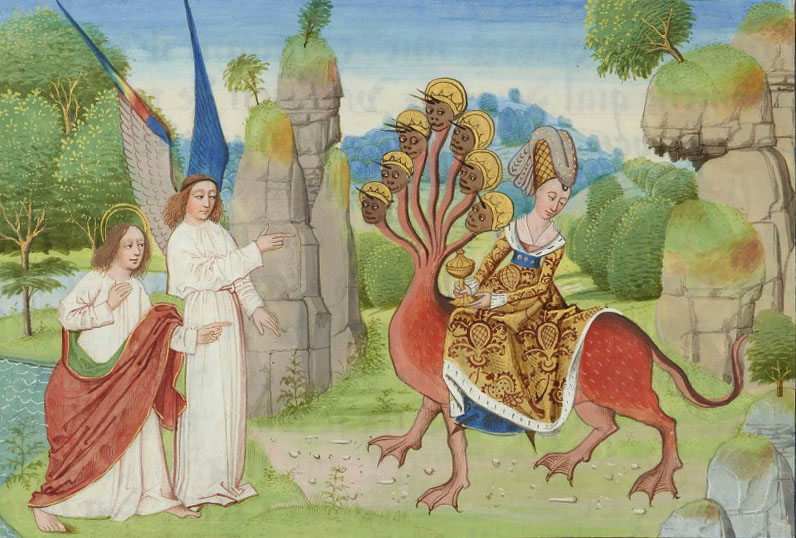
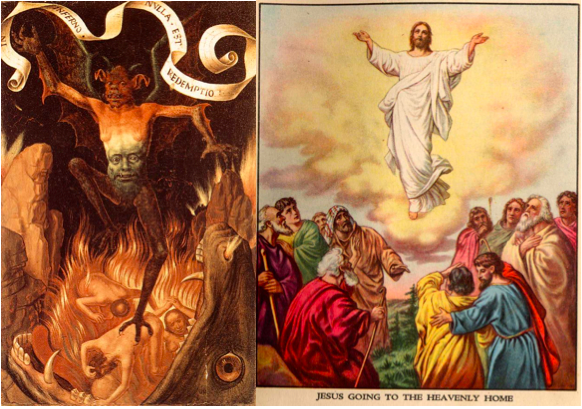
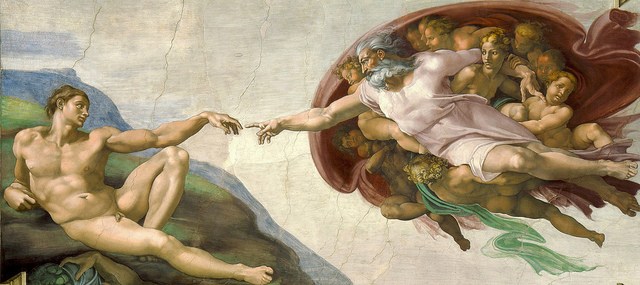
Symbolism and Allegory
Although many Christians throughout history and even today fail to read scripture beyond a literal interpretation, the more we learn, the clearer it is that a literal understanding is simplistic and false. So what belongs within the circle of acceptable interpretations of scripture? The symbolism and allegory of Christian scripture is variously used as mystical illumination, moral teaching and, in some unfortunate cases, cultish religious manipulation.
Sometimes the fables of Christian literature were invented for practical reasons, such as the virgin birth, magical acts (“miracles”) and bodily resurrection of Jesus as proof of his divinity. His divinity is important because without it Jesus is just another fallible priest or prophet. If divine, Jesus’ word is God’s law, and he is able to rule over the afterlife. However, for many Christians the legend and teachings of Jesus hold profound meaning without an appeal to the supernatural.
Resurrection is not just used as evidence based on hearsay for the claim of Jesus’ divinity, it is also a symbol or allegory for the yearly cycle of the earth’s orbit around the sun, or the daily cycle of dusk and dawn. Whatever the real story behind Jesus’s resurrection, the tale satisfies the requirements of the religious mystery of the cycle of death and birth, widely known in Jesus’s time in the myths of the Egyptian Osiris, the Greek Proserpine and Dionysus, the Roman Mithras, the Nordic Baldur, and other solar gods and death-rebirth deities.
The rebirth cycle of the sun reminds us of the big picture, that the sun is our light and the giver of life, and that life goes on generation after generation. It teaches that after darkness and suffering there is always light and rejuvenation. It implies the moral lesson that the whole is greater than any individual or small group. It also means that each individual should treat each other individual as he or she would like to be treated. “Do unto others as you would have others do unto you” is the highest moral teaching of Jesus, known as “the Golden Rule.”
Jesus, like the Indian Rama and Buddha, the Chinese Laozi and the ancient Greek Apollo, is meant to be the symbol of the primordial/cosmic/perfect person. He is a healer, just judge and celibate high priest; a pure heart, powerful, compassionate and wise. Scripture can be interpreted to indicate that Jesus was the only begotten son of God, his mother a virgin, and he walked the earth with supernatural powers. However, a lot of ancient literature makes claims of supernatural phenomenon, magic and miracles, and the skeptical mind classifies Christian literature with other distinctly similar mythology and folk tale.
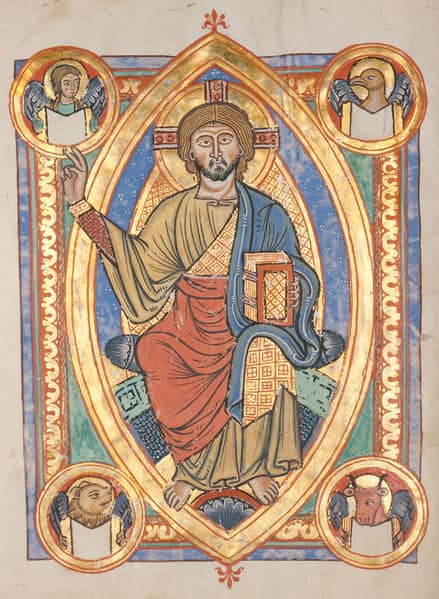
Religion and Critical Thinking
The bishops at Emperor Constantine’s Council of Nicaea in 325 CE cherry-picked the Biblical stories from amongst various Christian legends written at the time. The Bible was meant to convince Constantine’s subjects that Jesus’ moral philosophy is absolute. Follow his rules and you will live as a spirit in another dimension forever in paradise after you die; fail to believe him, disobey him, and you will be tortured for eternity in another magical realm beyond the earth and the world of the living. Constantine designed his religion to control his empire. Christian literature that failed to meet his purposes was left out of the Holy Bible and discarded as “apocrypha.”
Logically, the Holy Trinity is a vital reality if it is interpreted correctly, as the One, the Law and the Good described by Aristotle. The cosmos is ultimately a singular universe, an all-encompassing One personified as the Father. The cosmos is governed by mathematical laws, which we mortals discover through reason and science, and identify as Law. This Law, known as the Word, encompasses morality and ethics, culminating in the perfect person, the Son, and ideal community, or Kingdom of Heaven. Where there is needless suffering there is evil, and where there is benevolence there is the Good, an idea that may be expressed as the Holy Spirit.
Isaac Newton, the great seventeenth century physicist and key figure in the Scientific Revolution, was a Christian who conceived of God in a way that accorded with, yet transcended, the ancient holy scriptures. Newton described God’s title as Lord well when he said, “He governs all things, not as the Soul of the World, but as the Lord of the Universe, and because of his Dominion he is wont to be called Lord God…”
From the Lord God human beings know and understand law as absolute truth, as expressed through reason, mathematics and science. This should inform one’s moral compass or inner guide, exemplified by the Son, or Word of God.
Zeus was the father and lord god of the ancient Greeks just as Yaweh was for the ancient Hebrews. Apollo the sun god, Dionysus the god of the vine (wine), Ceres the goddess of wheat (bread), Proserpine the goddess of rebirth, Hermes the messenger of the gods, and Prometheus the protector of humankind. Jesus assumed all of these roles when the Christian community formed around the worship of this teacher.
As the Christian religion grew, it adopted other native traditions and transformed them to fit into the Christian narrative. Old gods and heroes became saints, holy days became Christian holidays, and cultural habits were given Christian explanations. Yesterday we may have rejected certain aspects of our heritage; but in the future we will embrace the shadow just as we embrace the light.


